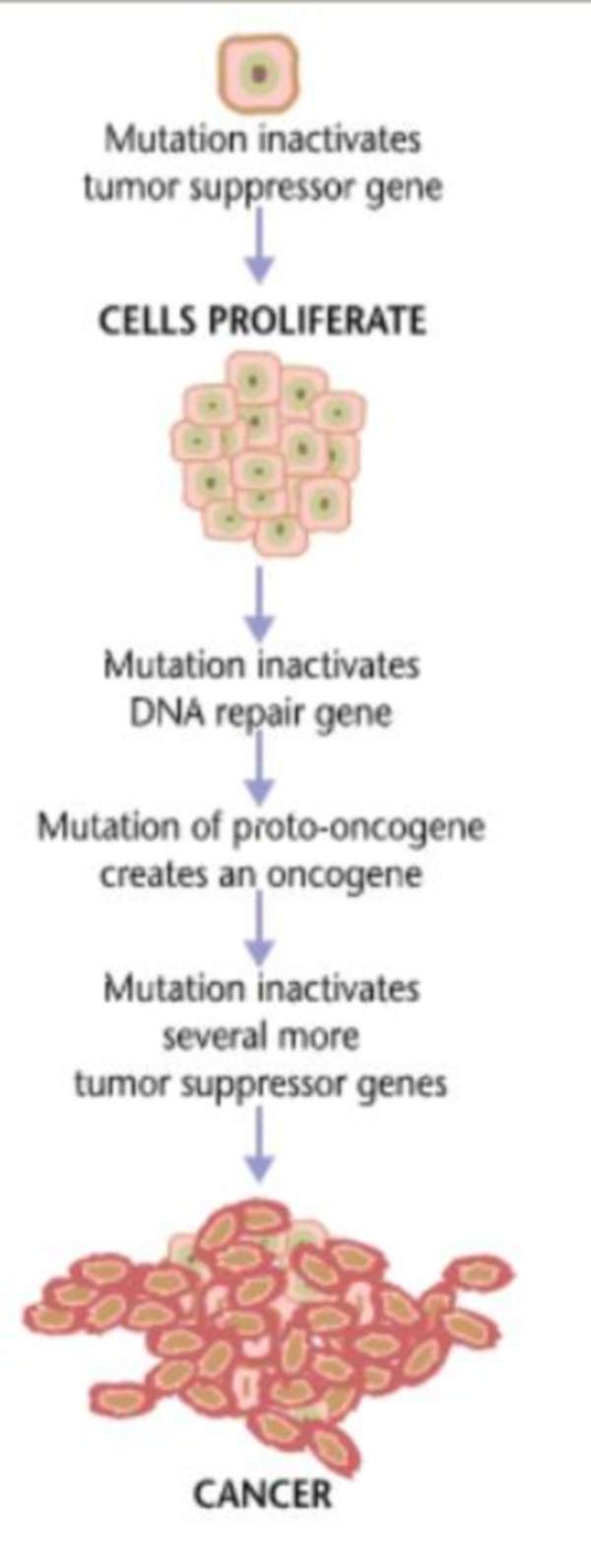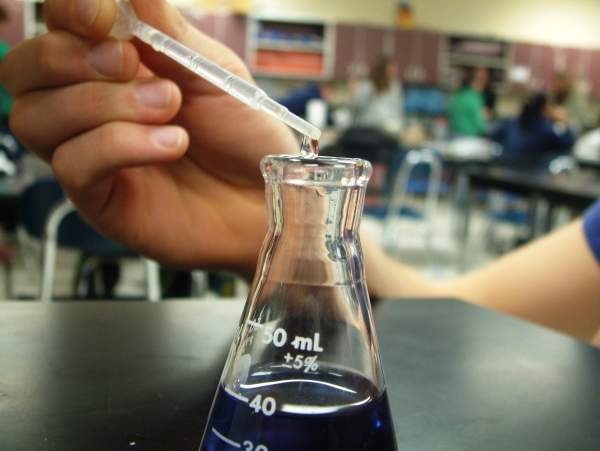H3 Biomedicine, the American subsidiary of Tokyo-based company Eisai, opened its new research facility in Cambridge, in the state of Massachusetts, US, in December 2011. The new facility is located at 300 Technology Square in Cambridge’s Kendall Square. It focuses on developing new drugs to fight various types of cancer.
The Cambridge facility endeavours to gain insights into the molecular basis of cancer. It targets the genetics of cancer and develops drugs using advanced chemistry.
With the new facility, H3 Biomedicine will be able to deliver personalised drugs for oncology patients.
Eisai will provide $200m in research funding to H3 Biomedicine and access to its drug development resources. It will also support clinical development of the drugs discovered.
The location of the facility is an added advantage as it is home to the world’s leading biotechnology clusters, academic and scientific institutions. The facility leverages the intellectual capital of the Greater Boston area.
Project
Eisai created H3 Biomedicine with the basic objective of developing drugs in oncology. Research at H3 Biomedicine starts and ends with a focus on the patient.
It starts with the genetics of a cancer patient. Therapeutic targets are identified using openly available cancer genomics data, such as Cancer Genome Atlas and International Cancer Genome Initiative.
The latest in synthetic organic chemistry is then used to develop libraries of small molecules which interact with the therapeutic targets.
The facility uses chemical synthesis technologies, such as diversity-oriented synthesis and cell-based screening methods. The diversity-oriented synthesis technology is based on high-performance liquid chromatography.
The approach used at the facility helps in generating compounds in small numbers against therapeutic targets. About 15,000 compounds are expected to be produced at the facility annually.
H3 Biomedicine’s approach closes the gap between genomics and small molecule development. It is unique and more effective than the patient-based drug development approach. In the patient-based approach, a drug with known molecular targets is matched to a patient with a specific therapeutic target which is derived from large clinical trials.
According to the World Health Organization, cancer is the leading cause of deaths across the world and by 2030 it is expected to cause nearly 12 million deaths. The new facility will ensure a steady stream of anti-cancer compounds is produced to tackle this growing disease.
Drug molecules developed at the facility are expected to be highly effective in treating target population. This approach is also expected to reduce the time and cost needed to develop drugs, thereby enabling faster delivery of new therapies to patients.
The world’s leading scientists, such as Stuart Schreiber and Todd Golub of the Broad Institute of Harvard and MIT, will be instrumental in the research carried out at the facility. The scientific approach used at the new facility is based on the work carried out by the two scientists.
H3 Biomedicine’s Cambridge facility and contractors
The first phase of the Cambridge facility is spread over an area of 24,000ft². It includes labs for chemical synthesis, bacterial and tissue culture and genome analysis.
Construction of the first phase of the lab space was completed in July 2010. H3 Biomedicine plans to expand the facility up to 48,000ft².
The facility includes open office space with glass frontage, a common room / coffee break area and four modern seminar rooms. Equipment installed at the facility includes a walk-up mass spectrometer and a 400-MHz Bruker NMR machine.
Safety at the facility is maximised by splitting fume hoods into two. All evaporation equipment is enclosed in ventilation hoods. Ethylene glycol is circulated in the hoods to cool reactions.
Every researcher at the facility is provided with a laptop and access to Eisai’s databases and resources.
The Richmond Group was contracted to construct the facility.






